Letter of Moral Character Template for Various Purposes
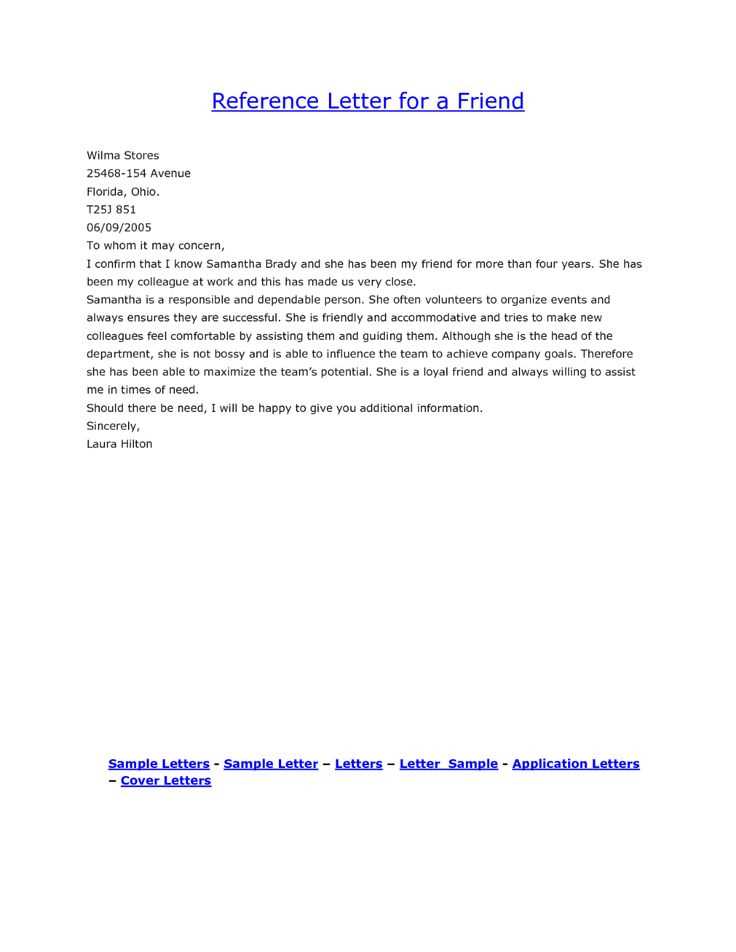
When you need to demonstrate your personal integrity or support someone else’s credibility, creating a formal statement of reliability can be essential. This document serves as a way to vouch for someone’s trustworthiness, often required for various applications or evaluations. Below is a guide to crafting such a document, ensuring it carries the necessary weight for professional or personal purposes.
Key Elements to Include
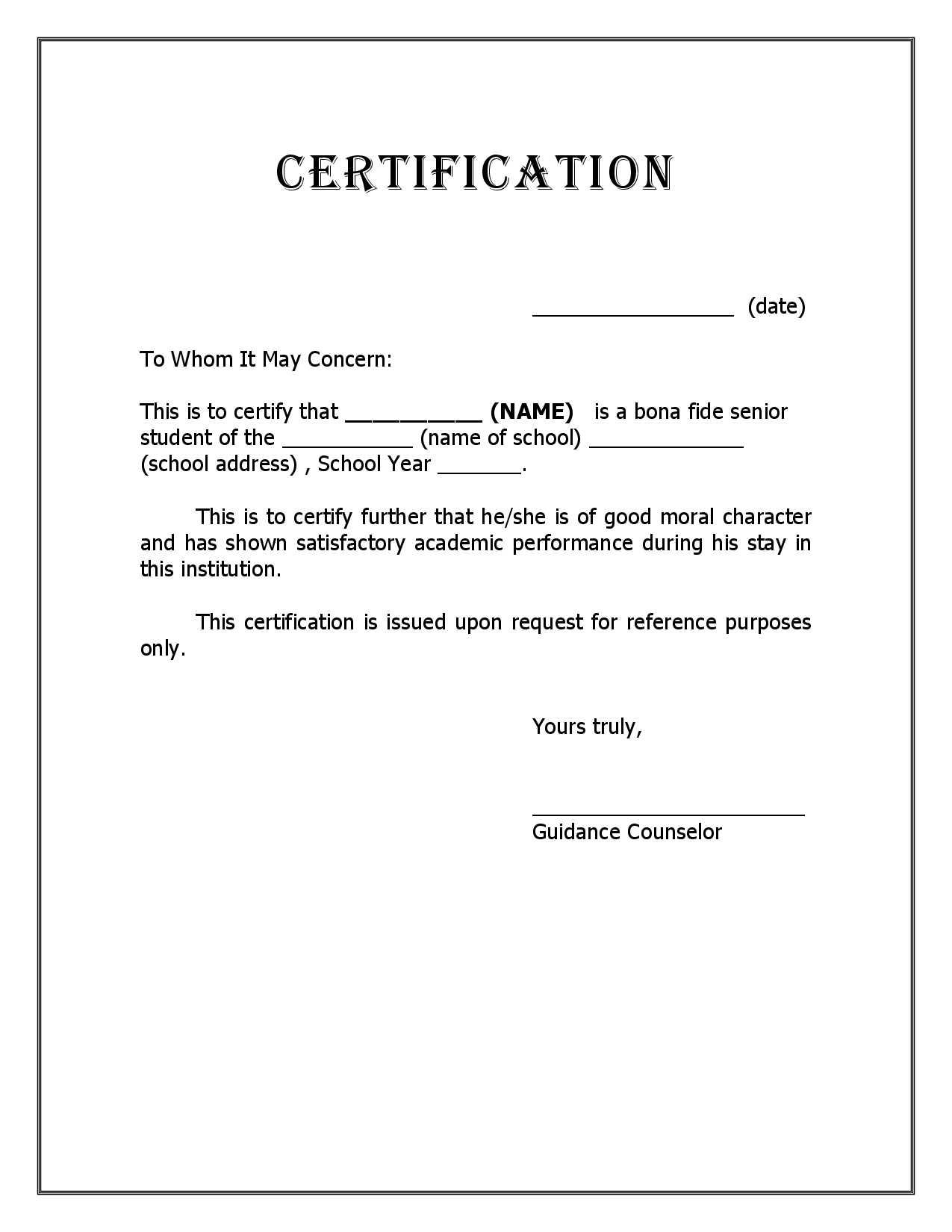
In order to create a compelling statement, consider including the following components:
- Introduction: Start by clearly stating your relationship with the individual and how long you have known them.
- Qualities to Highlight: Mention specific traits such as honesty, responsibility, and dedication, providing examples where possible.
- Context: Describe the purpose of the document, whether for employment, legal matters, or academic applications.
- Closing: End by reaffirming your confidence in the person and offering contact information for further verification.
Organizing the Content
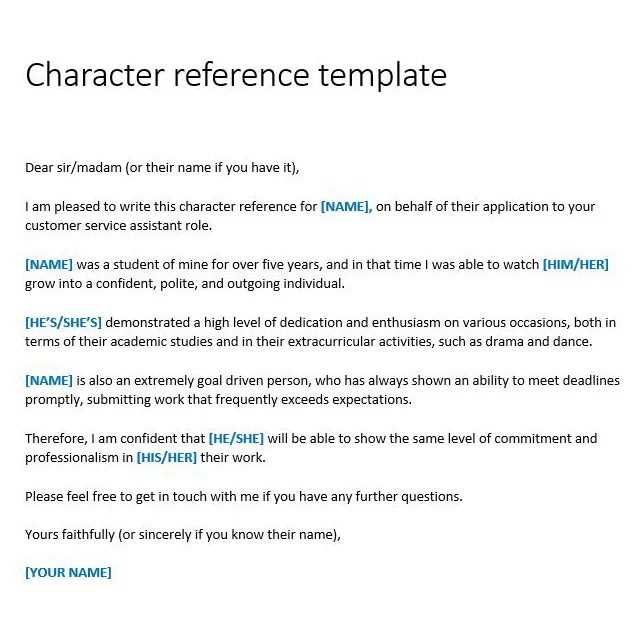
Structuring your statement ensures it is clear and impactful. Follow this basic outline:
- Start with a formal greeting, addressed to the appropriate individual or organization.
- Provide a brief introduction about your relationship with the subject, including how long you’ve known them and in what capacity.
- In the body, discuss the person’s qualities and specific examples that highlight their reliability and ethical standing.
- Finish by emphasizing your full endorsement and expressing willingness to provide additional information if needed.
Avoid Common Pitfalls
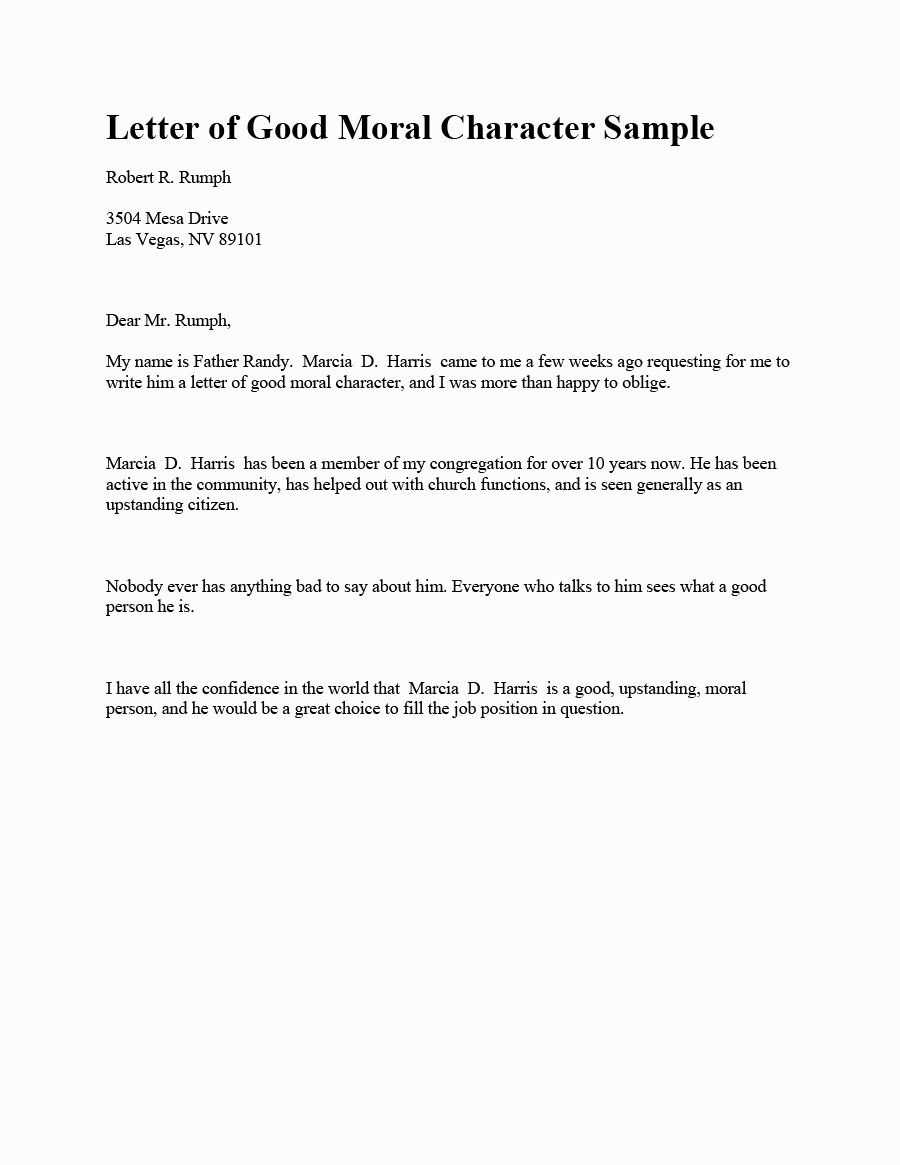
While writing, steer clear of these frequent mistakes:
- Do not use overly generic language. Make your descriptions specific to the individual.
- Avoid exaggerating or providing false information as it undermines the purpose of the document.
- Ensure your tone remains professional and positive, but avoid being overly effusive or emotional.
Customizing for Different Situations
Depending on the specific requirements, adjust your document to fit the context. For instance, if it’s meant for a job application, focus on professional traits such as work ethic and reliability. For legal purposes, ensure the language is formal and precise. In academic settings, emphasize qualities like responsibility and dedication to personal growth.
Tailoring your message to suit the situation ensures it resonates well with the intended audience while maintaining credibility.
Why a Personal Reference Matters
Key Aspects to Include in Your Statement
How to Organize a Personal Reference
Common Errors to Avoid While Writing
When to Submit a Personal Reference
Adapting the Reference for Various Situations
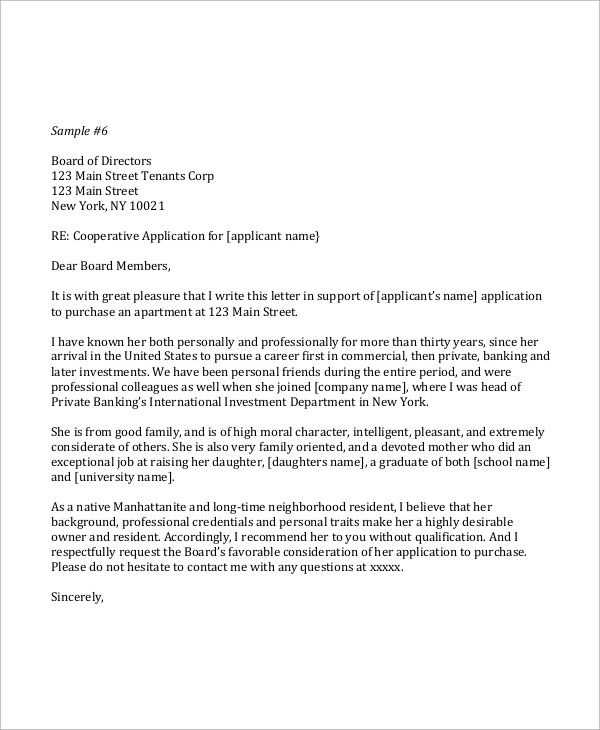
Providing a formal endorsement for someone’s reliability or integrity can significantly impact their opportunities or evaluations. Such a document is often required in professional, legal, or academic contexts, and a well-crafted statement can help support the individual’s goals or intentions. It is important to structure it effectively and include all the necessary elements to make it credible and persuasive.
Key Aspects to Include in Your Statement
When drafting your endorsement, include the following:
- Introduction: Briefly introduce yourself and explain your relationship with the person. Mention how long you’ve known them and in what capacity.
- Traits to Highlight: Focus on key qualities such as honesty, reliability, and commitment. Provide examples that demonstrate these characteristics.
- Context: State why you are writing the endorsement and how it will be used, whether for employment, legal matters, or education.
- Conclusion: Conclude by reaffirming your support for the individual, offering to provide further information if necessary.
How to Organize a Personal Reference
Structure is crucial in ensuring your reference is clear and effective. Follow a logical order:
- Begin with a formal greeting, addressed to the relevant person or organization.
- Provide a brief description of your relationship with the person and your qualifications for offering this endorsement.
- In the body, discuss the individual’s positive traits and include specific examples to back up your claims.
- Finish with a strong closing statement, reiterating your support and offering contact information for further questions.
Common Errors to Avoid While Writing
Here are some common pitfalls to avoid:
- Avoid vague or generic descriptions. Be specific about the person’s strengths and provide concrete examples.
- Don’t exaggerate or fabricate details, as it could harm the credibility of the document.
- Maintain a professional tone without sounding overly emotional or insincere.
When to Submit a Personal Reference
Submit your reference as requested or when you know it will be used to support a specific application or evaluation. Timing can be crucial, especially for time-sensitive processes like job applications or legal proceedings. Ensure that you send it promptly to give the individual the best chance for success.
Adapting the Reference for Various Situations
Tailor the endorsement to suit the specific context. For example, in a job application, emphasize the individual’s work ethic and skills. For legal matters, focus on their integrity and personal reliability. By adjusting the tone and content to match the situation, you make your reference more relevant and impactful.